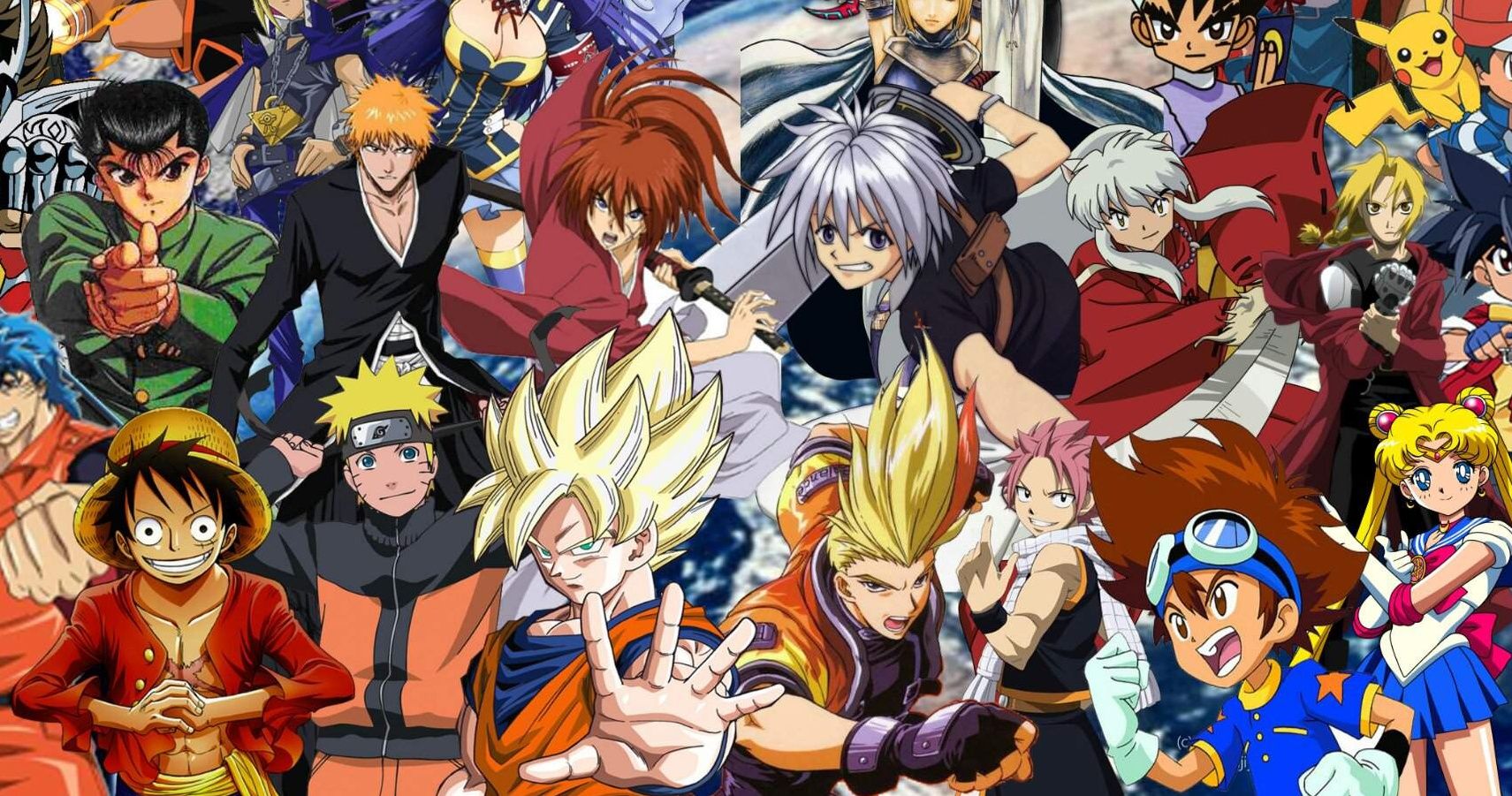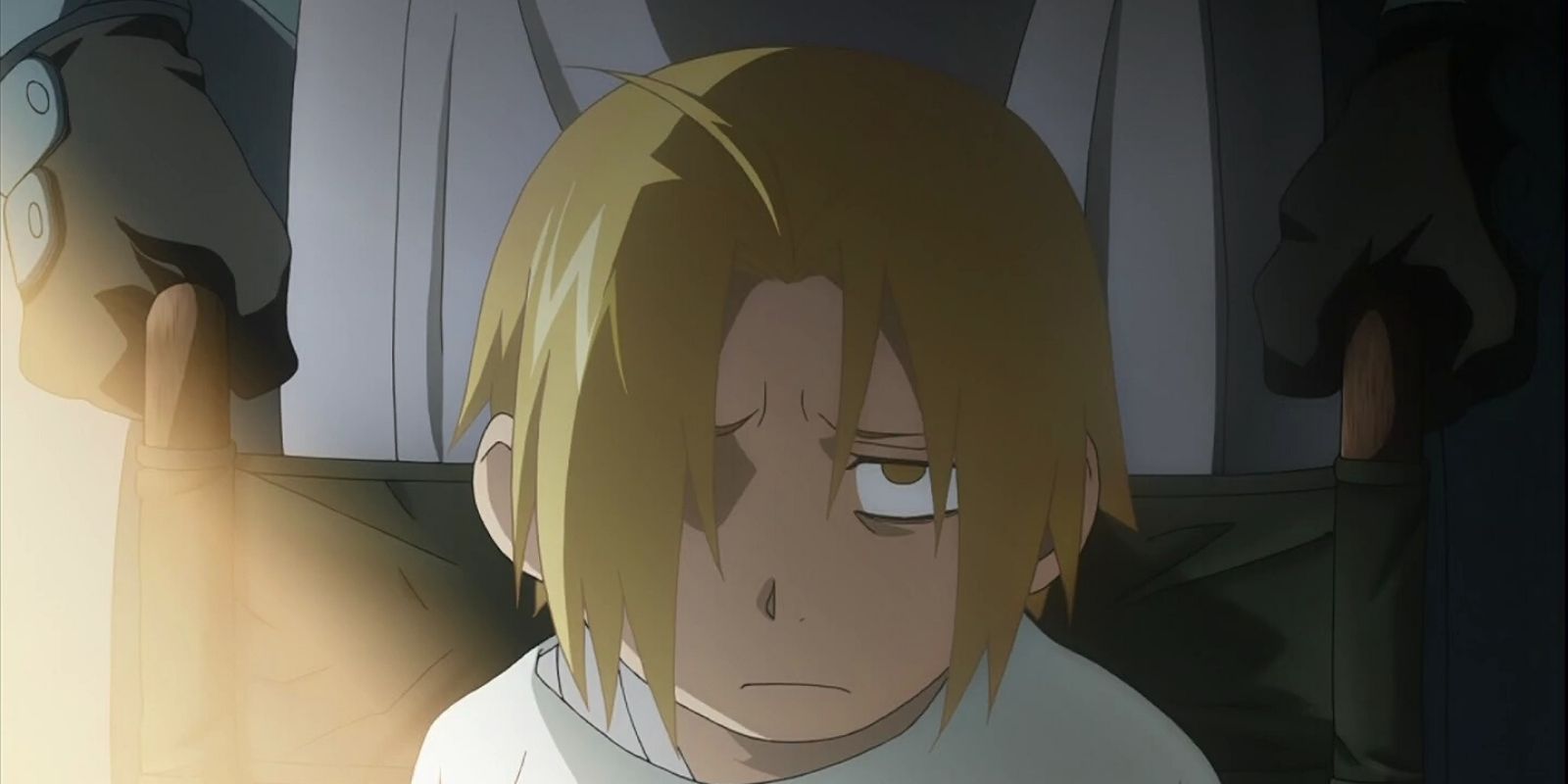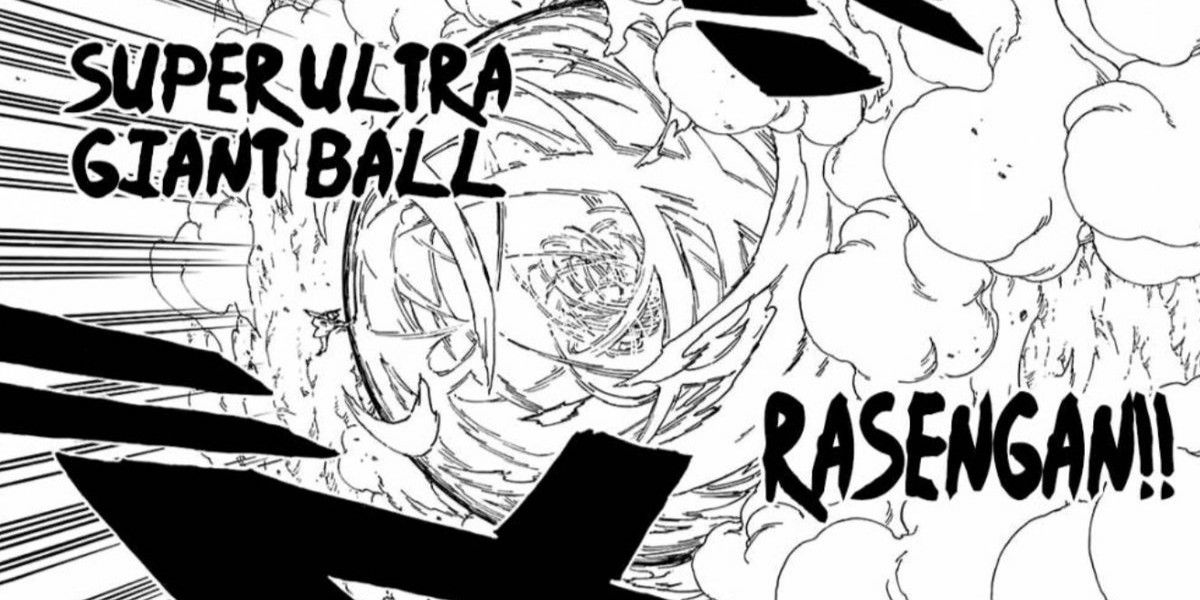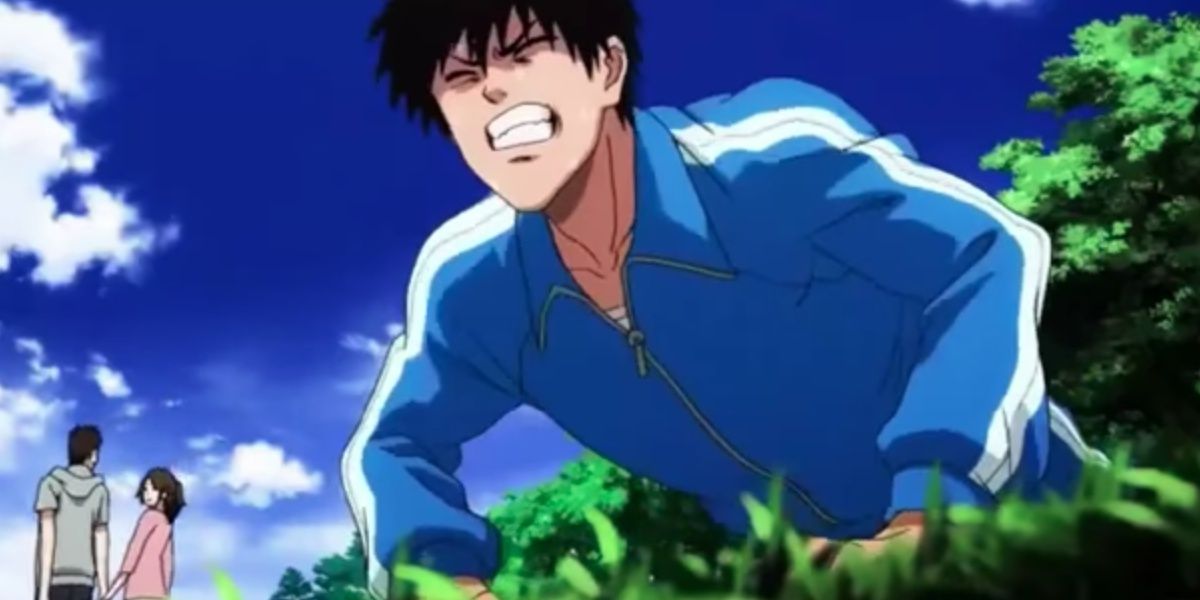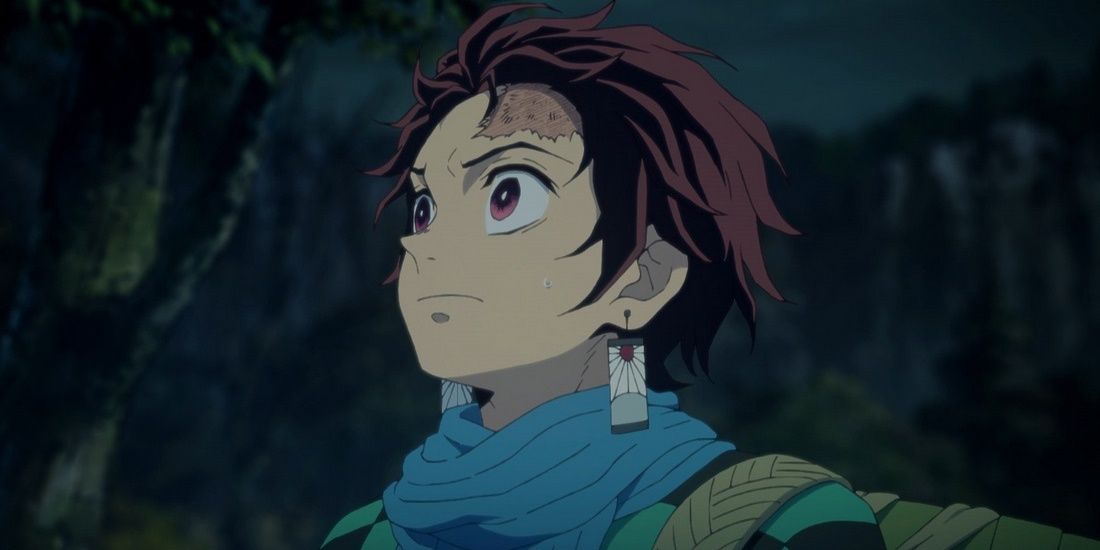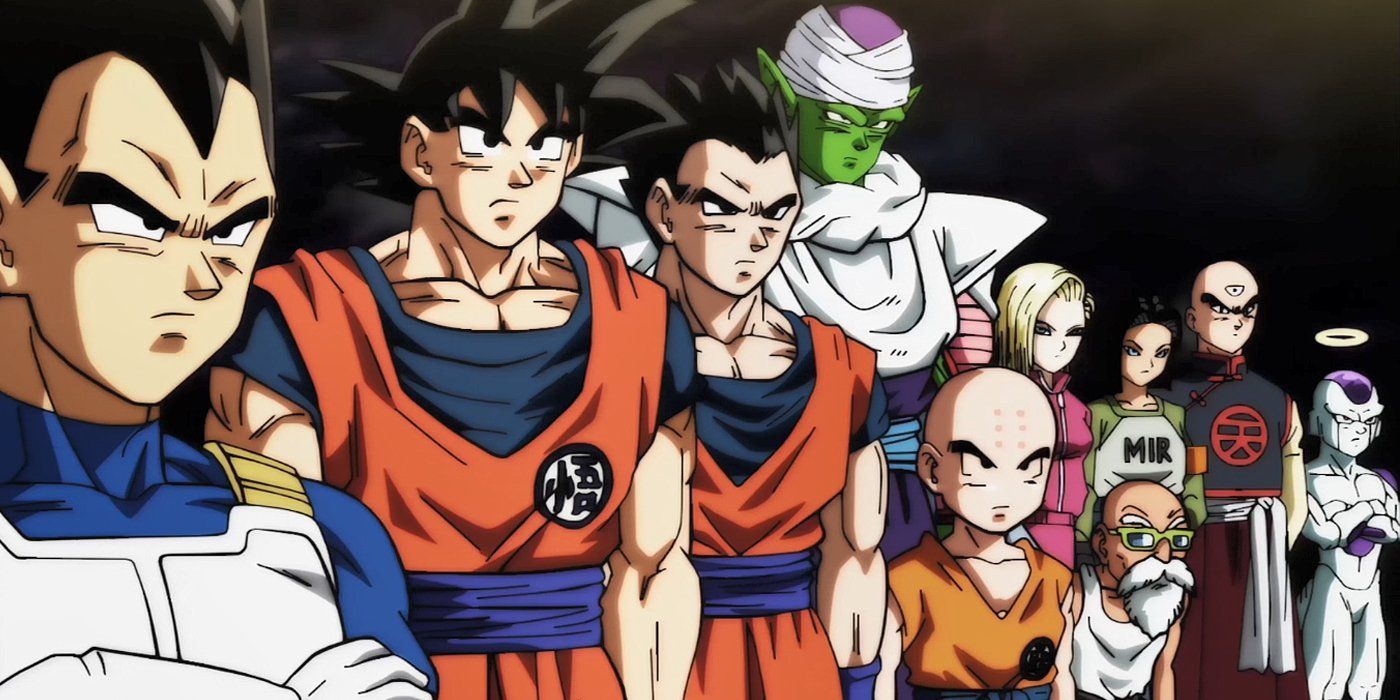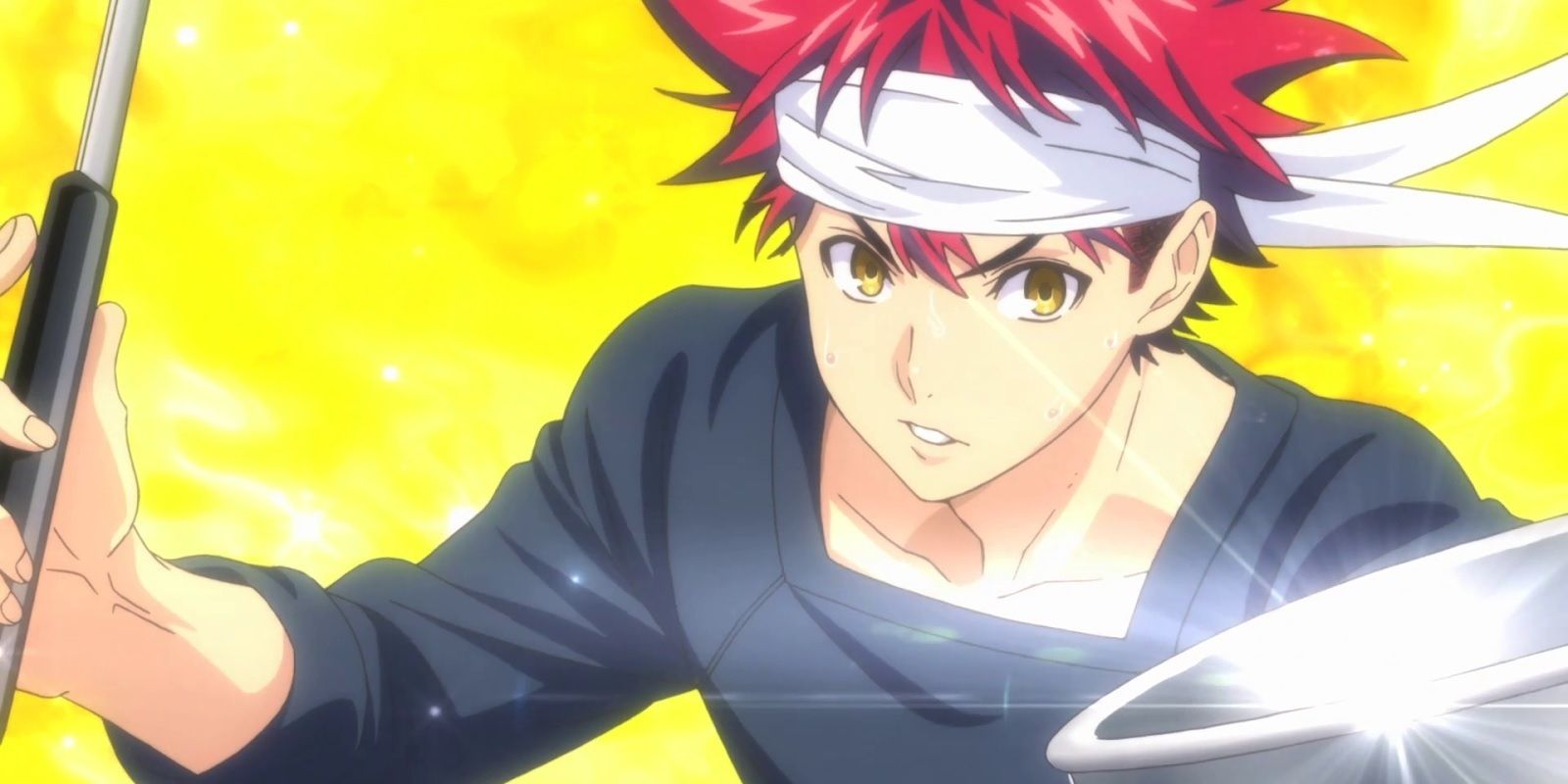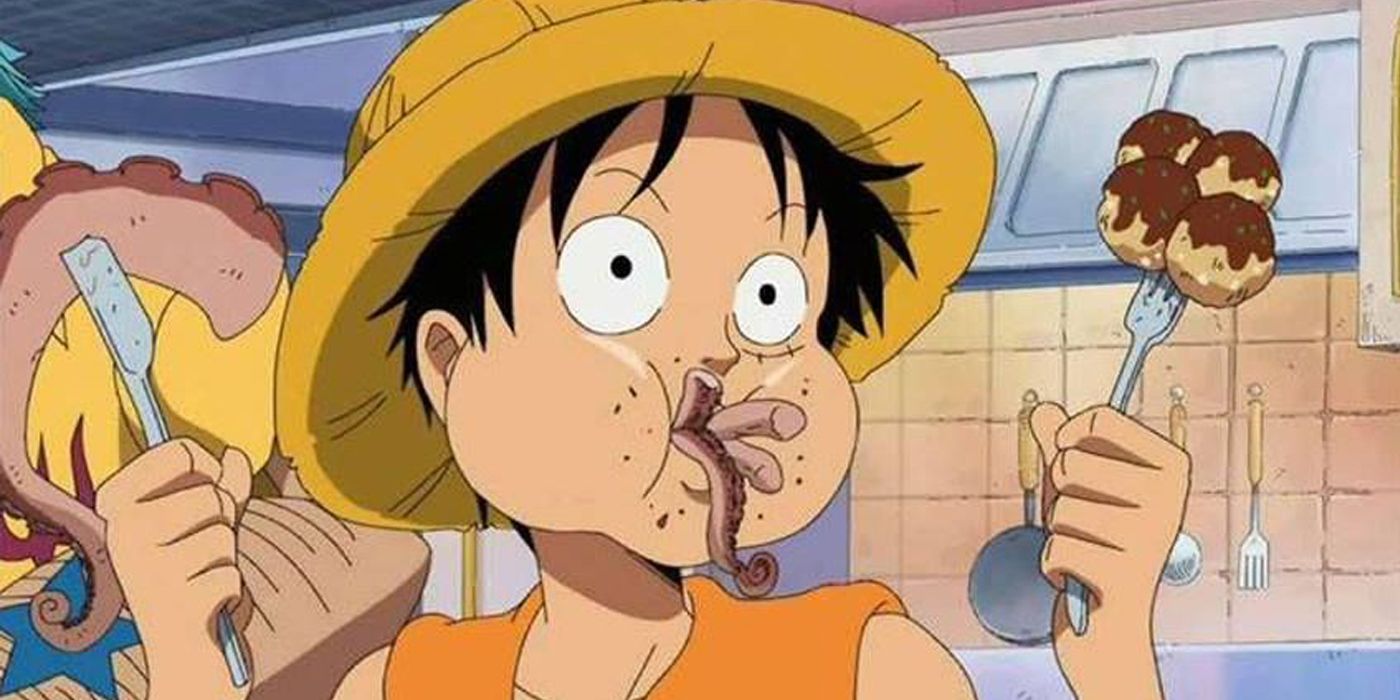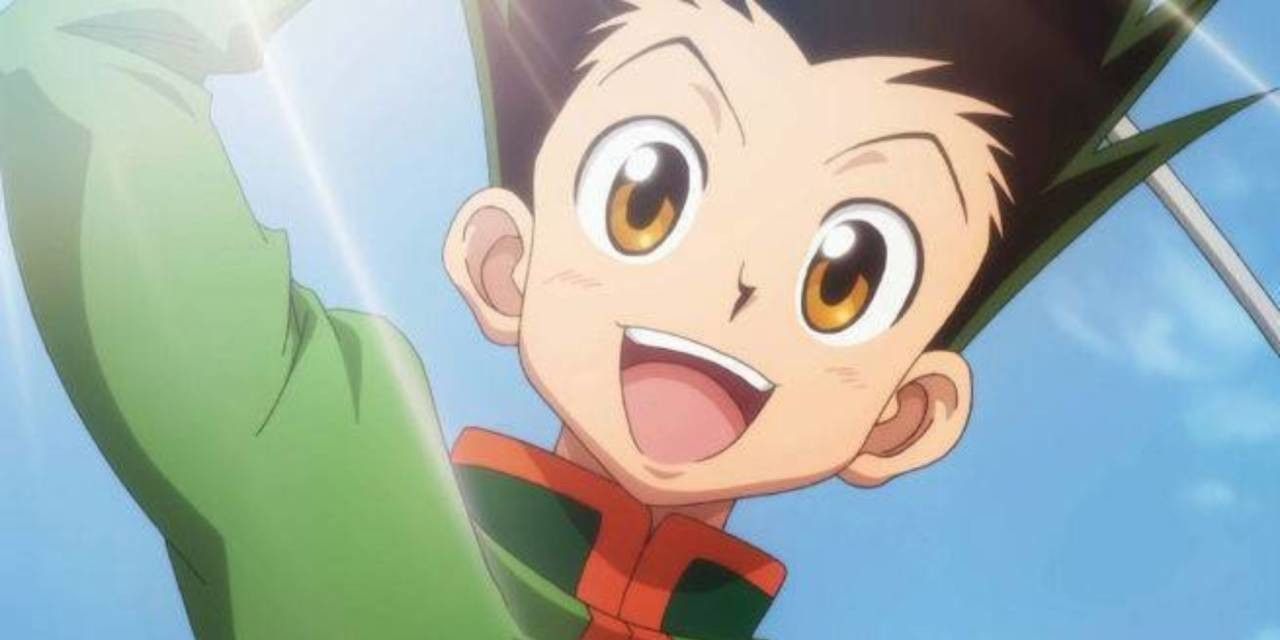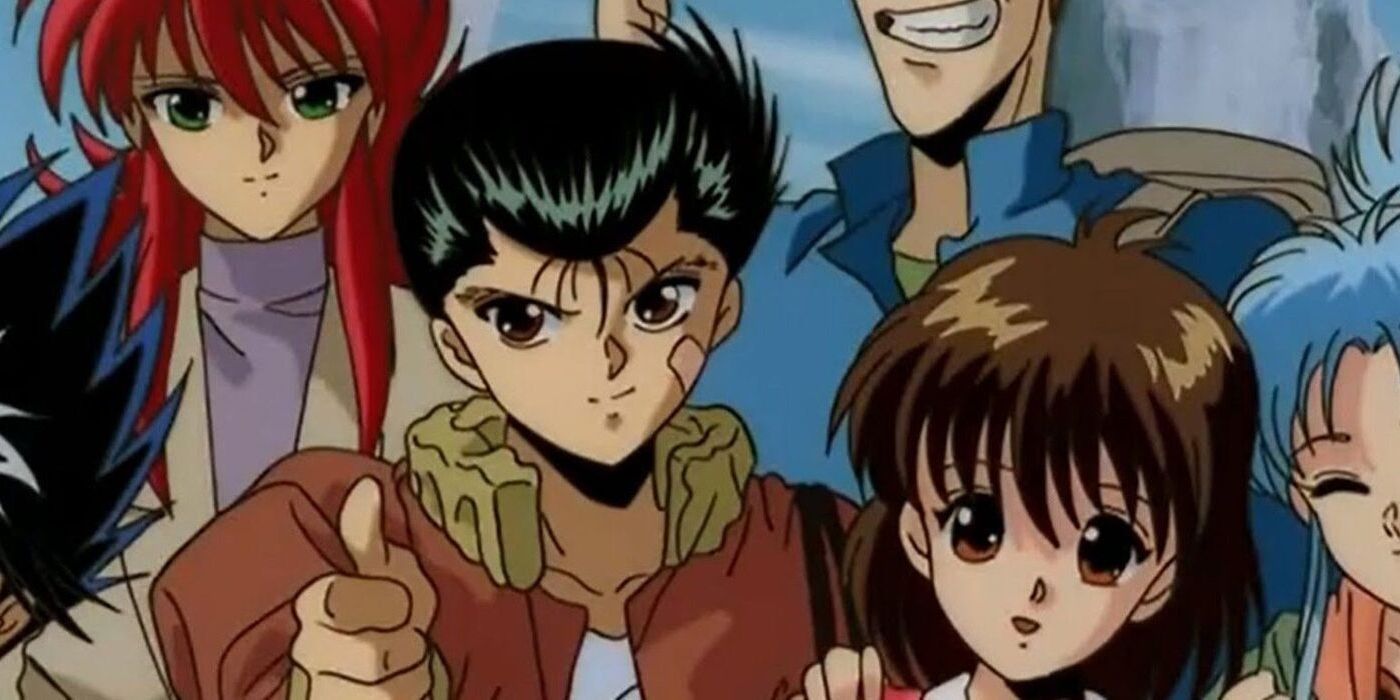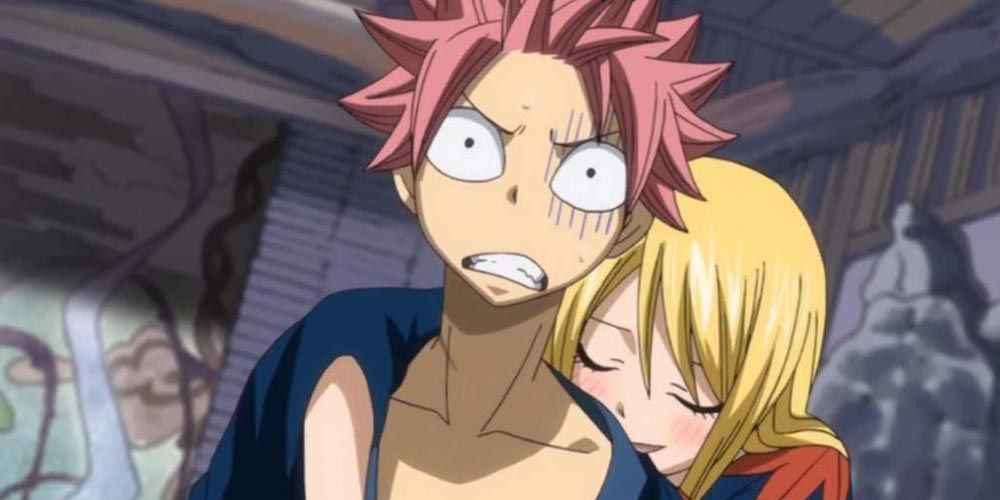For those who might not be aware, Shōnen (or Shounen) is a genre of anime or manga geared toward a young/teenage male demographic. The exact age group can vary, but the primary targets usually fall between the ages of 12 and 18. As expected, their plots are action-packed and utterly entertaining.
While certain Shōnen storylines can be impressively unique, the majority of them follow a methodical approach that typically comes with a handful of tropes. Sure, some Shōnen tropes are a bit cringeworthy, but others definitely rule and we don't mind watching them unfold. Let's check out some examples from both ends of the spectrum.
10 Rules: Heartbreaking Flashbacks
Make no mistake, this trope can get a bit annoying if triggered at inopportune moments. Nonetheless, flashbacks serve as an excellent source of emotion for an anime. They can create a perfect balance since Shōnen is mostly action-based and intense battle sequences are incorporated into the majority of episodes.
Heartbreaking flashbacks are generally the most efficient way to take a break from the madness and introduce a character's backstory. They might draw a few tears and heighten the stakes for the corresponding character, which makes the anime (or manga) more meaningful.
9 Doesn't Rule: Announcing Every Single Attack
Look, really cool Shōnen character(s). We understand that your attacks are awesome and that they have their own special names. However, it's not necessary to announce every single move that you're about to make. Unless you're like DC's Zatanna and have to vocalize most commands, there's really no need to tell your opponent exactly what you're about to do.
This trope is often overlooked because viewers are simply trying to bask in the heat of the encounter. Our only question is: Why do most opponents not capitalize on this? If two people are fighting and one of them pauses to reveal the exact action they're about to take, the other should have a few crucial seconds to either defend or parry.
8 Rules: Training Montage
The ever so popular training montages are usually accompanied by great music, so that automatically rules. They also grant us the chance to watch the protagonist and/or side characters develop their strengths and abilities. On top of that, a pinch of humor might be added to make the overall event more entertaining.
Training montages tend to function as a time skip of sorts where the coaching could last several days, weeks, or months. They also make sense in terms of plot — you can't just make an average character a phenomenal fighter overnight.
7 Doesn't Rule: Excessive Dialogue During Fights
This trope sometimes goes hand-in-hand with announcing every single attack, but excessive dialogue applies to any and all talking that is — for some ridiculous reason — dumped in the middle of mind-blowing fights. This dialogue might include (but is not limited to) pompous boasting, story exposition, or explanations of how certain powers/skills function.
A recent example of this trope that immediately comes to mind is Demon Slayer. While the stunning series has rightfully experienced massive success, protagonist Tanjiro Kamado really likes to talk. He'll describe absolutely everything happening mid-battle... or just about anything else that occurs onscreen. Perhaps trust your viewers a little more and let them make a few deductions on their own.
6 Rules: Tournaments
Oh, tournaments. What would Shōnen be without you? Many popular Shōnen titles dedicate at least one arc to a significant competition of sorts that the protagonist desperately wants to win. To be fair, victory isn't always guaranteed for the main character unless the stakes are obnoxiously high.
For instance, My Hero Academia's Deku might not have won the U.A. Sports Festival, but losing a tournament in a series like Dragon Ball Super could mean the obliteration of your home planet. These events up the ante and provide remarkable battle sequences.
5 Doesn't Rule: Unrealistic School Depictions
Anime and manga writers have always had an odd infatuation with depicting school as an awesome place where anything goes. We can wholeheartedly promise you that your Culinary Arts class will never be as dramatic as Food Wars. You will never meet a classmate like Bleach's Ichigo Kurosaki who can see dead spirits or Mob Psycho 100's Shigeo Kageyama who has psychic powers.
To be honest, the only reason this trope is so frustrating is because it serves as a reminder that school is never that interesting. A Shinigami will never drop a Death Note on campus in our world, so what's the point of attending class?
4 Rules: The Simple-Minded Protagonist
This Shōnen trope makes a lot of sense when you remember that the target demographic is young boys. Their personalities will more often than not correlate with those of a simple-minded main character, but in a good way. These protagonists can be relatable and are generally kindhearted.
There's something incredibly likable about a dimwitted main character. For starters, you get to watch them grow and become more competent over the course of the series. Sure, they will make silly decisions and occasionally ruin their own plans, but they have good intentions and make us laugh without fail.
3 Doesn't Rule: Absent/Dead/Non-Existent Parents
Hunter x Hunter's Gon Freecss is the poster boy for this Shōnen trope, but it applies to several anime/manga plots. What exactly are the parents doing while their child runs around the world getting into fights? Does no one care that these kids reach the brink of death every season? And that's assuming their parents aren't dead, which is a Shōnen trope that correlates with most comic book superheroes.
In terms of living parents, mothers always get the short end of the stick. If they're lucky enough to be alive, they're guaranteed to be stay-at-home moms whose personalities don't extend beyond "dinner's ready!"
2 Rules: The Power of Friendship
For a genre geared toward teenage boys, it's surprising how the power of friendship is typically placed above physical strength in terms of importance. We know that teamwork makes the dream work, but watching our favorite protagonists defeat villains with the help of something as wholesome as friendship is heartwarming.
This Shōnen trope is refreshingly selfless and opens the door for a slew of valuable life lessons. A variant of the power of friendship is the significance of sibling love. A modern example of this is Demon Slayer, which emphasizes the relationship between Tanjiro and Nezuko.
1 Doesn't Rule: Fan Service
We all know what this particular trope entails and some would argue that it's a great thing. The truth is that excessive fan service is utterly distracting and unnecessary for anyone who isn't... aroused... by animated characters. It can dwindle the intensity of a scene and turn a great moment into a cringeworthy one.
We're not saying that fan service should be totally eradicated. Anime and manga have a little bit of something for everyone, but this trope shouldn't be as in-your-face as it is in the majority of Shōnen. Not every female is so excessively well-endowed and it's okay to depict that.

